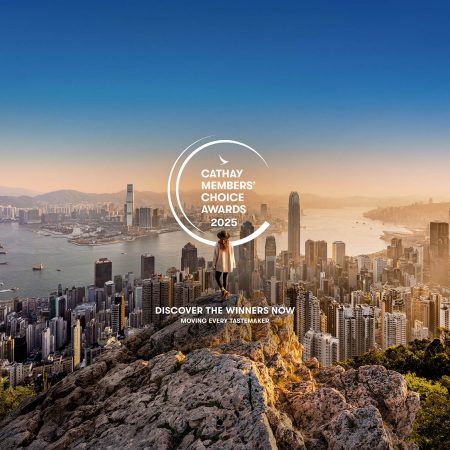How to design a hotel
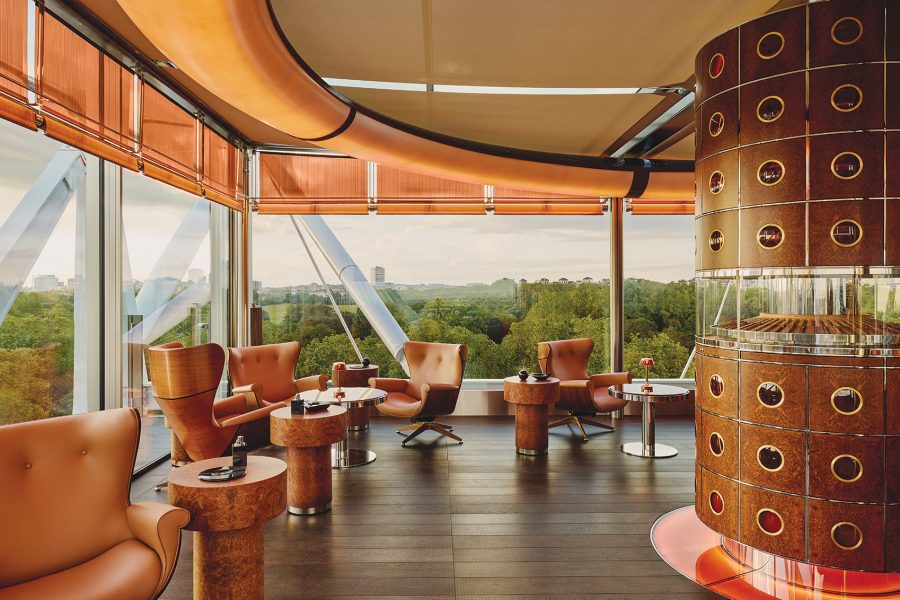
Blame it on social media, but it seems anyone can be a design expert these days. Social hashtags such as #interiordesign, #interiors and #architecture number in the tens of millions. Increasingly, looking good is as important as great service, a central location and top-notch facilities. But with a dizzying number of existing hotels to choose from, and a further 6,000-plus under construction worldwide, how do you design a place that stands out from the crowd and endures the test of time?
We asked three leading hospitality designers – Bill Bensley , André Fu and Joyce Wang – for their insights into what’s needed to ensure a property resonates with guests, now and into the future. One thing is clear: the best hotels, whether grand or intimate, minimalist or opulent, are more than places to eat and sleep. They inspire, evoke desire and spark an emotional response.
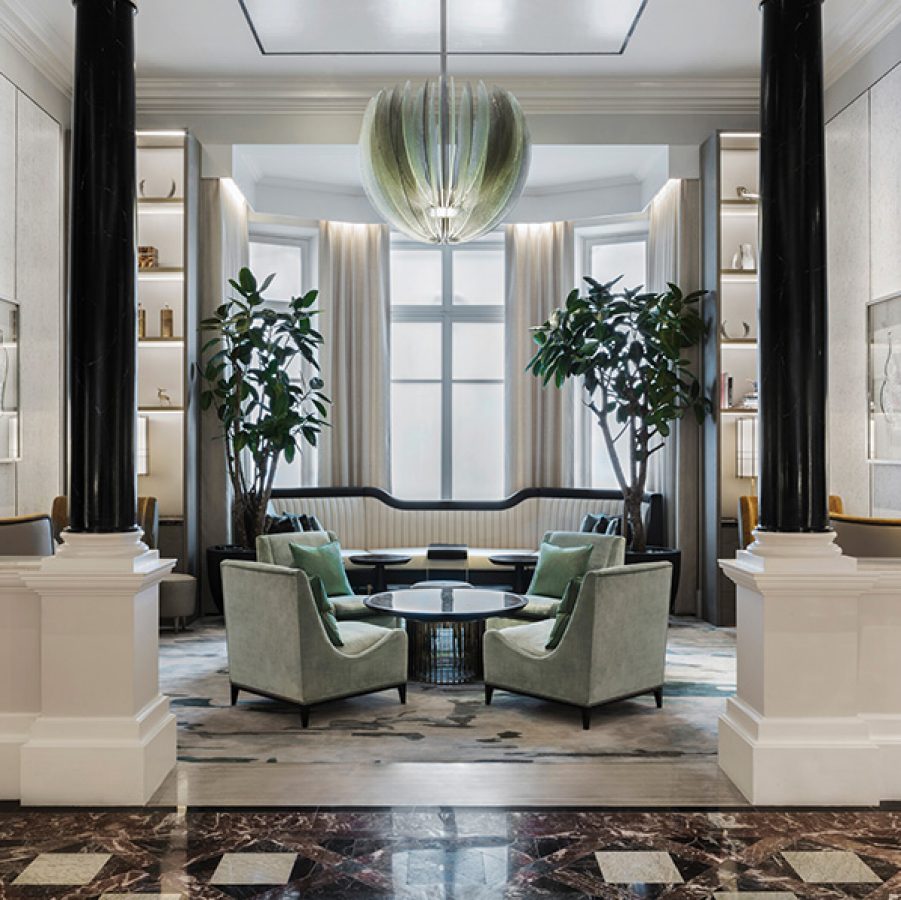
Credit: James MacDonald
Step 1. Make design human
It’s a fundamental requirement that’s easier said than done. But “human-centred design, one that meets the needs of guests who will eventually frequent our spaces”, is essential, says Wang. That means considering layout, proportion and how people move around a property or use facilities. Creating continuity and a narrative while nailing details such as charging points and lighting is key: a blend of emotion and hardware. Fu likens the process to creating a film. “Each sight, sound and scent serves as a layer to conjure a memorable experience from the moment they step into the venue – whether restaurant, wellness centre or bedroom,” he says.
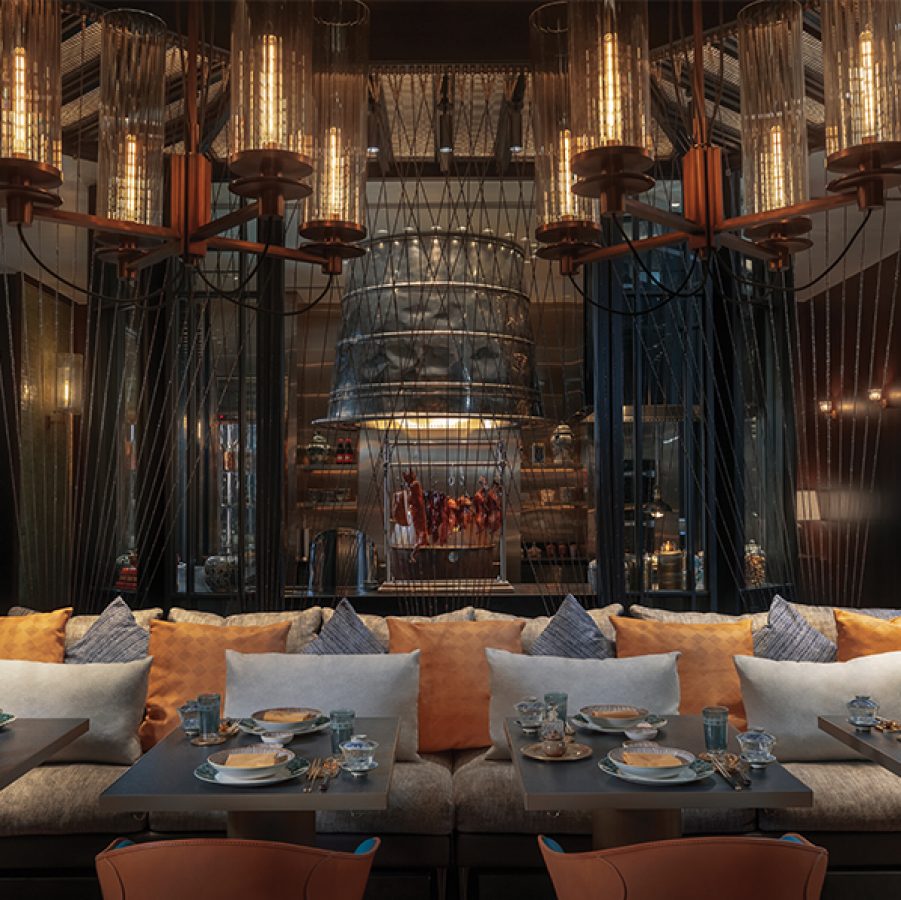
Step 2: Have a sense of place
In a stroke of marketing genius, Rosewood ’s tagline, “a sense of place”, trademarked something all good hotels strive to achieve. For Bensley, it means that “when gifted with a beautiful location, it’s essential to be sensitive to nature and the setting. The most difficult aspect of hotel design has nothing to do with bricks and mortar, but finding the unique essence of a place that can be translated into hospitality”.
For the upcoming Oberoi Hotel on the River Ganges in Rishikesh, India, he plans to immerse himself in the destination, “visiting monasteries and temples and drawing everything that inspires me in my sketchbook”.
Fu also finds that “spending lots of time at a site to fully understand it is a must, as is collaboration and dialogue with a hotel owner to realise their vision at a location”. He notes that referencing the local vernacular can be abstract or subtle, rather than literal or clichéd.
Meanwhile, Wang works with “makers and artisans, commissioning artworks, objects and materials that create a unique connection with the local community”. She adds: “A curated art programme that speaks to the location enriches the guest experience and understanding of a place.”
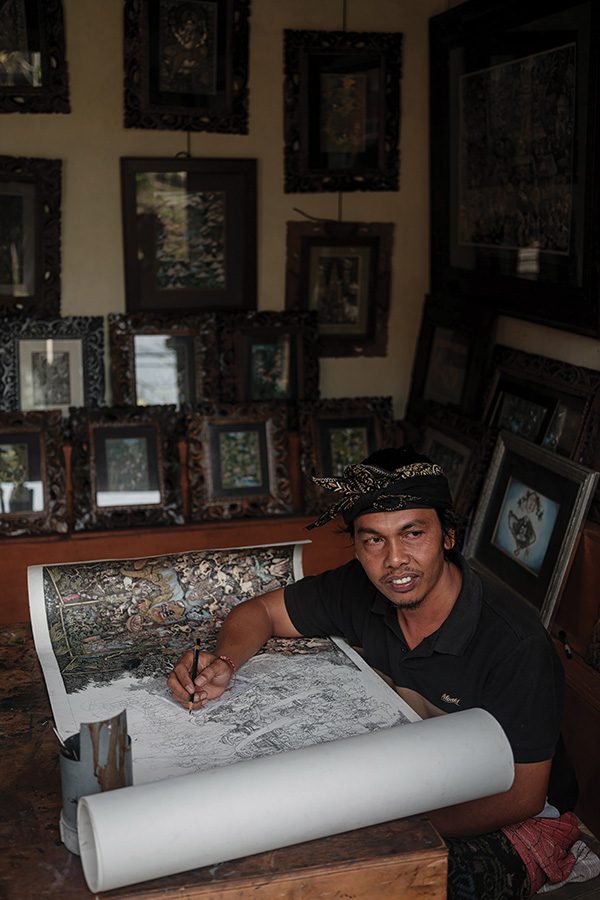
Credit: Georg Roske
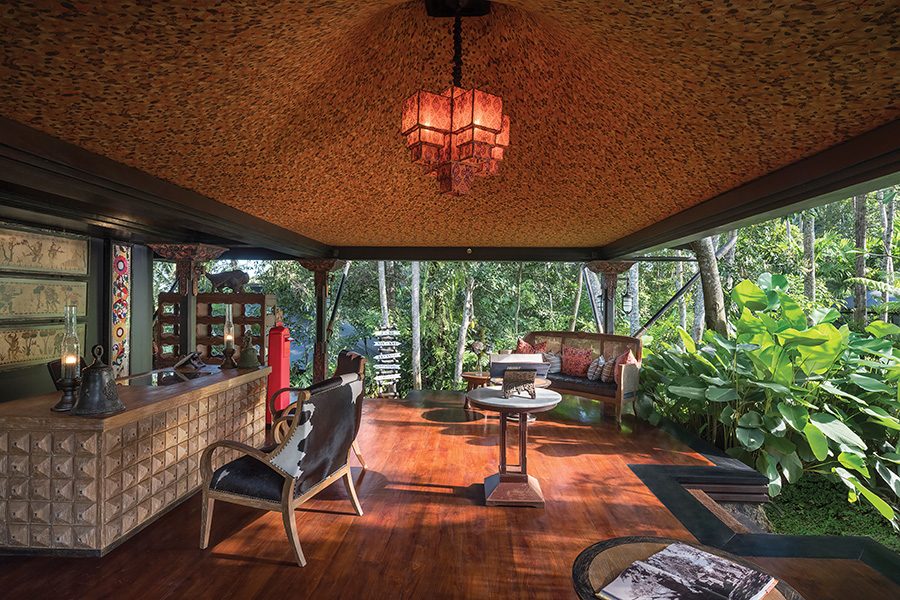
Credit: Georg Roske
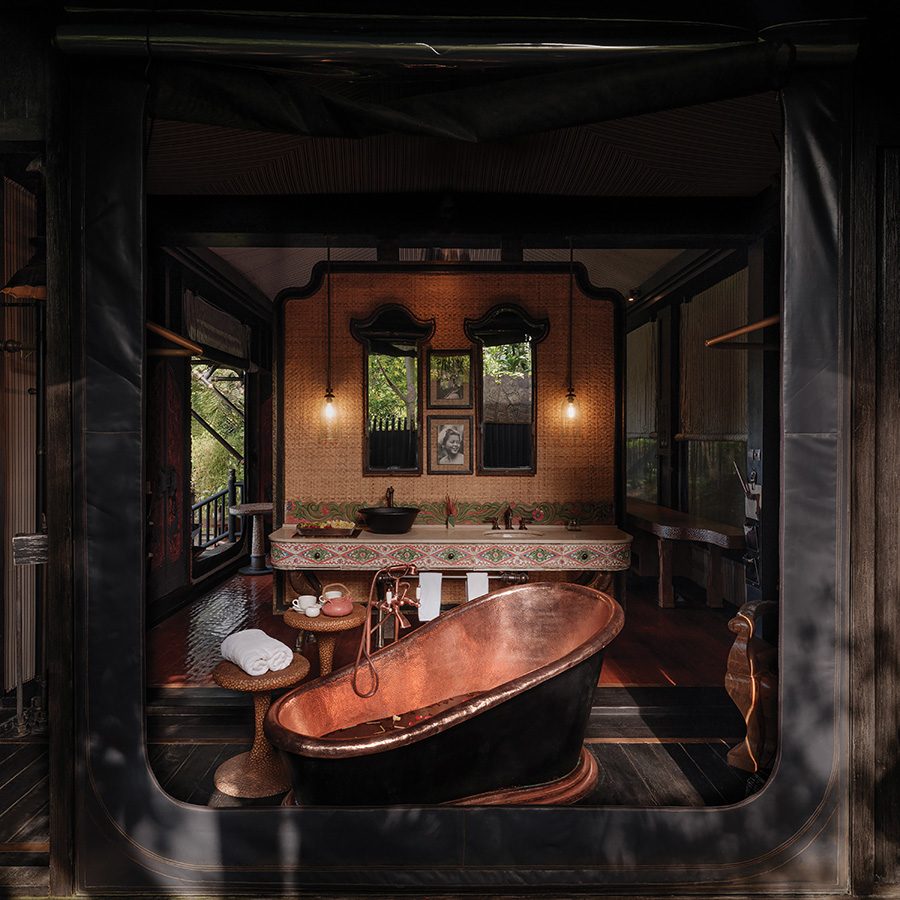
Credit: Georg Roske
Step 3: Don’t follow trends, follow travellers
All three are unanimous in eschewing trends. Bensley says that “you’re asking the wrong person” to identify what’s in vogue, while Fu points out that hotels are long-term projects that can take a decade to complete. Trying to guess what’ll be hot can be a fool’s errand.
More important is having your own style and point of view, which for Bensley “has shifted radically over 40 years”. He has evolved from a landscape architect designing Balinese gardens to an architect and interior designer, full-scope hotelier and, most recently, artist, which has “changed the way I look at everything”.
Rather than pursuing trends, it’s better to anticipate the needs of travellers, who are now more design- and travel-savvy. This could include providing filtered rather than bottled water, bedside charging ports, high-quality air systems and incorporating sustainable practices from the very start.
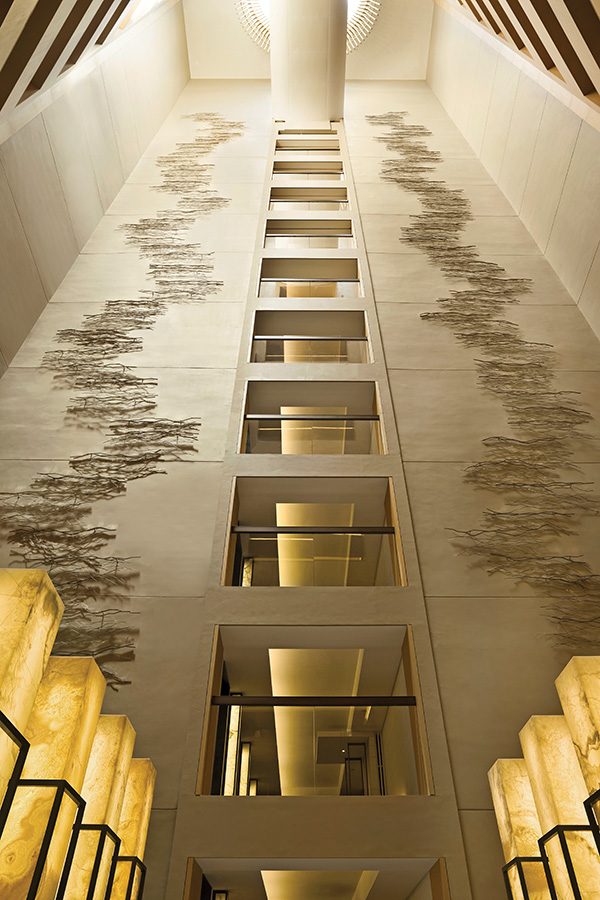
Credit: Michael Weber Photography
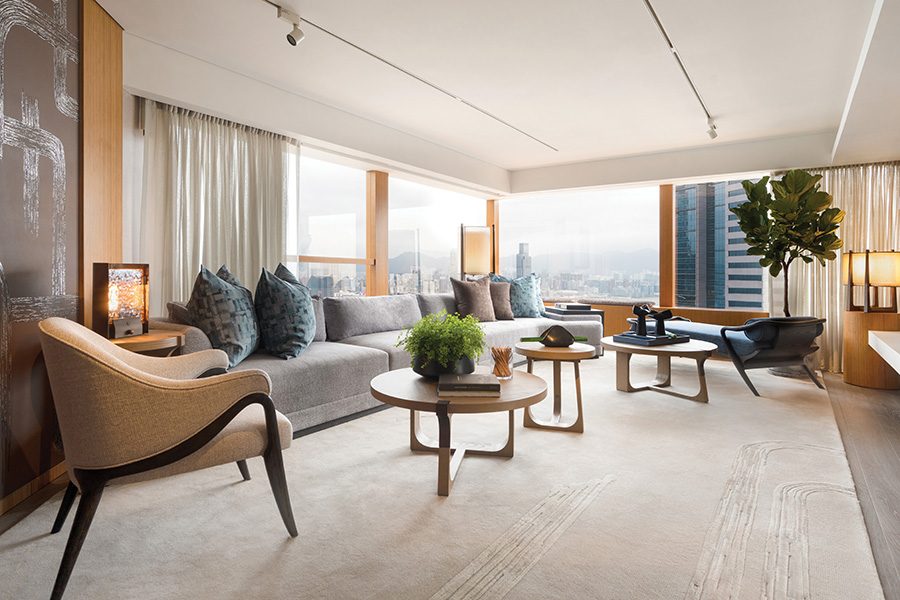

Credit: Kensington Leverne
Step 4: Prioritise style and substance
Social media may have changed the hotel design game, but it’s not enough to create a property that just photographs well. “Designing simply for a ‘wow moment’ without serving the guest experience” is one of the surest ways that a property will age quickly or fall out of favour when a more photogenic property comes along, says Wang. In addition, it’s critical to consider operational requirements and use commercially durable materials and finishes.
It’s a sentiment echoed by Fu, who says that “we’re strong believers in fine detailing but also in making our design robust, because hotels are subjected to rigorous use day after day”.
In short, it’s a combination of the aesthetic and pragmatic. Great hotels go beyond buildings, blueprints and fittings to a holistic approach that prioritises the guest experience and involves intangible factors such as personality, enlightenment and memories. They contain that all-important but elusive soul – the trick is to bottle it.
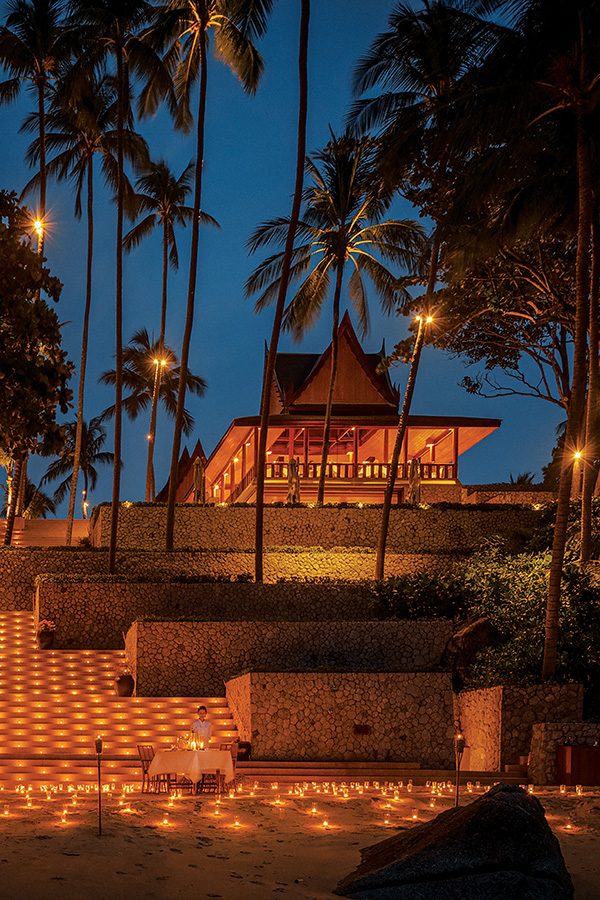
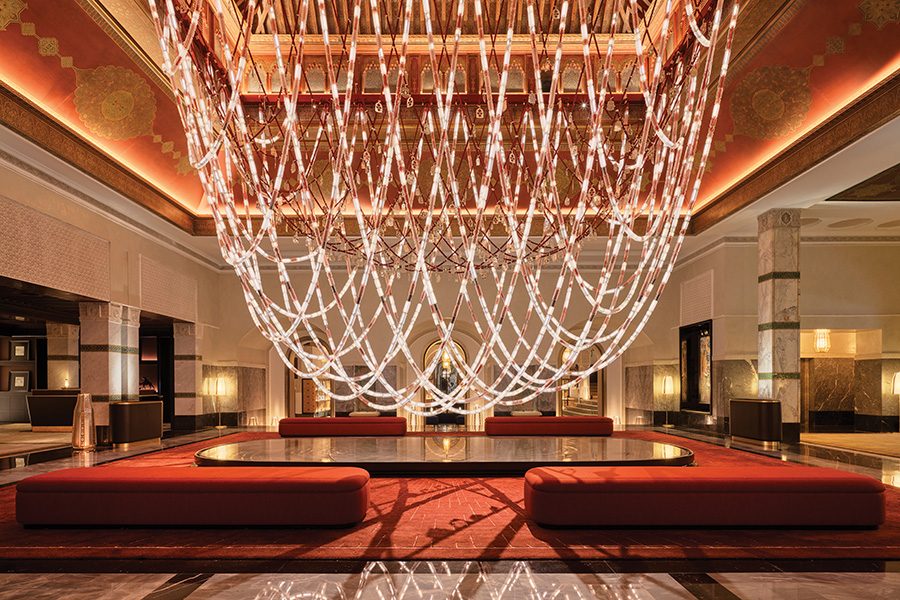
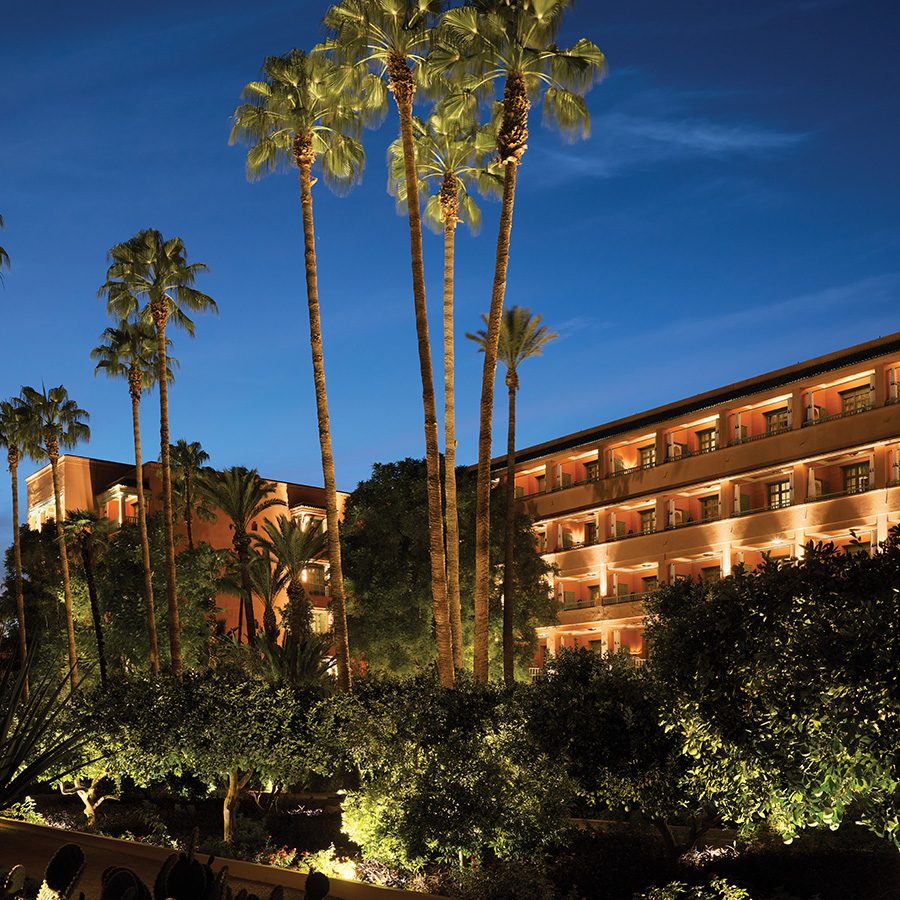
Hotels that get it right
Bensley, Fu and Wang cite the Aman group as a major influence in hotel design. Its first property, Amanpuri, opened 36 years ago in Phuket, was designed by Ed Tuttle and set a global design template of thoughtful vernacular architecture, luxe minimalism and huge bathrooms. Fu also loves the “timeless” Park Hyatt Tokyo and “mystical” La Mamounia in Marrakech, while Wang is a fan of family-run hotels such as the Almhof Schneider in Lech, Austria.
Meet the designers

Bill Bensley
Bensley designed some of Asia’s most recognisable hotels, including boutique The Siam in Bangkok and the flamboyant Capella Hanoi and Capella Ubud. He also runs his own Bensley Collection, including the new Shinta Mani Mustang in Nepal and Cambodian tented camp Shinta Mani Wild.
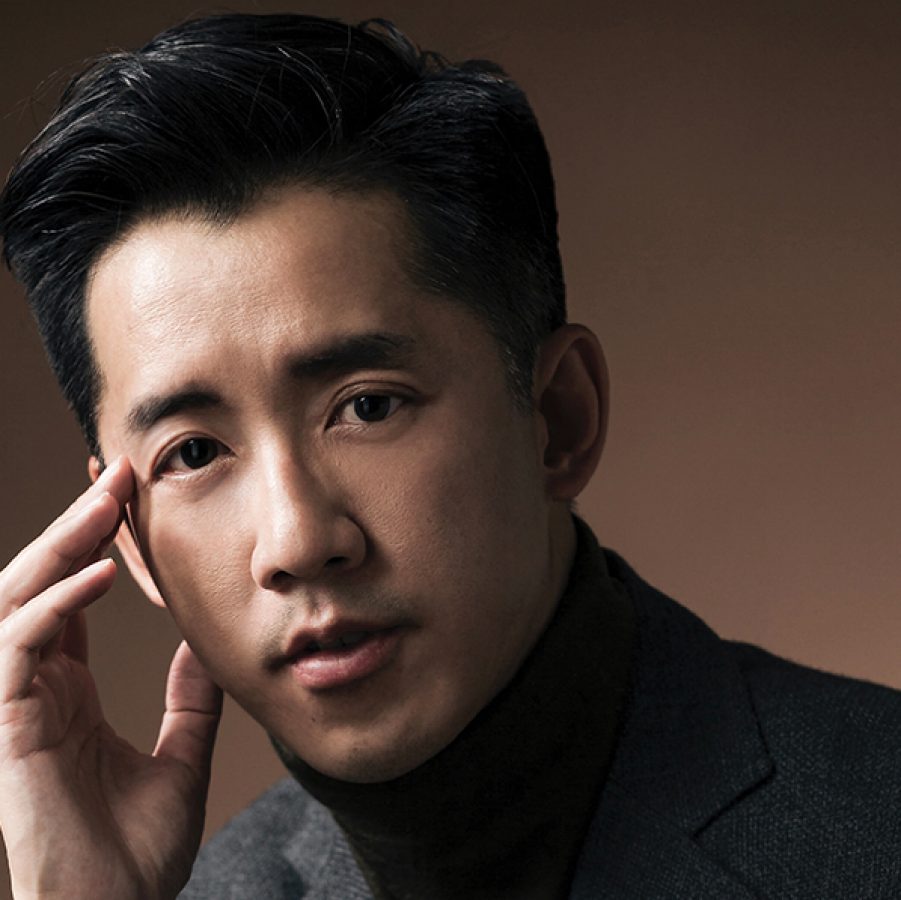
André Fu
Fu has become a go-to for elegant and luxurious yet intimate hotels, from newly opened The Emory in London to modern classic Upper House Hong Kong, which was voted number five at this year’s World’s 50 Best Hotels awards. His upcoming hotels include the Waldorf Astoria Osaka and Capella Taipei.
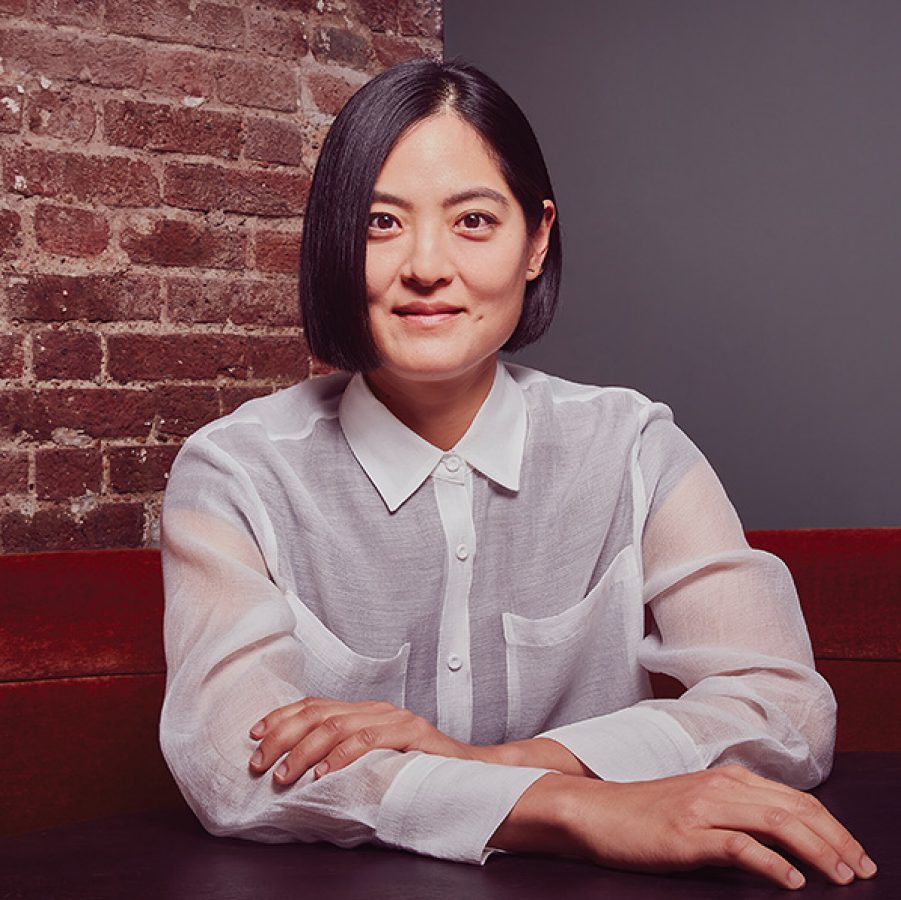
Credit: Mark Cocksedge
Joyce Wang
Joyce Wang redesigned the Mandarin Oriental Hyde Park and The Berkeley in London, as well as the pool and spa facilities at the wellness-focused Equinox Hotel in New York. She is working on a refresh of The Landmark Mandarin Oriental in Hong Kong and dining venue design for Capella Macau.
More inspiration
- China – the Chinese Mainland, Hong Kong SAR, Macao SAR and Taiwan Region
- Hong Kong SAR - English
- Chinese Mainland (China) - English
- Taiwan, China - English
- 香港特別行政區 - 繁體中文
- 中国內地 - 简体中文
- 中國台灣 - 繁體中文
- Africa
- South Africa - English
- Asia
- Bangladesh - English
- Korea - English
- Singapore - English
- Cambodia - English
- 한국 - 한국어
- Sri Lanka - English
- India - English
- Malaysia - English
- Thailand - English
- Indonesia - English
- Maldives - English
- ประเทศไทย - ภาษาไทย
- Indonesia - Bahasa Indonesia
- Myanmar - English
- Vietnam - English
- Japan - English
- Nepal - English
- Việt Nam - tiếng Việt
- 日本 - 日本語
- Philippines - English
- Australasia
- Australia - English
- New Zealand - English





